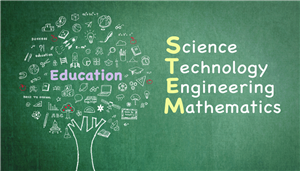Projects
Page Navigation
-
2nd Grade
-
Habitats Unit
During this unit, students study different habitats and research the climate, water, ground, plants, and animals in each. Projects include designing pond habitats as a group to see how all of the parts of the habitat work together. Students take a field trip to the Arboretum to observe and explore three different habitats: forest, pond, and meadow. The students enjoy having a chance to ask experts questions and record their observations "in the field".
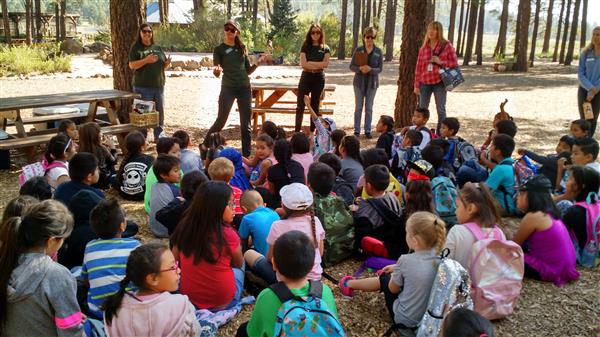
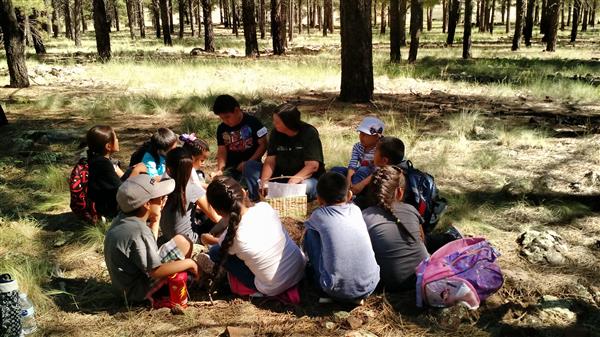
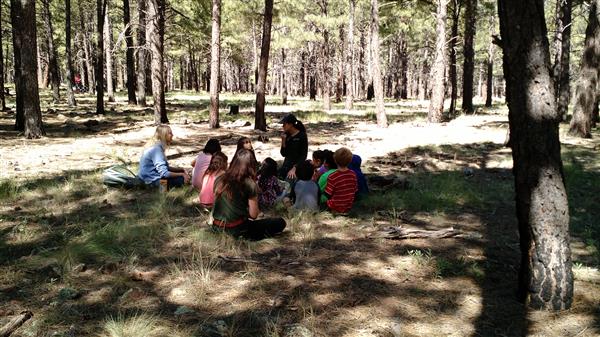
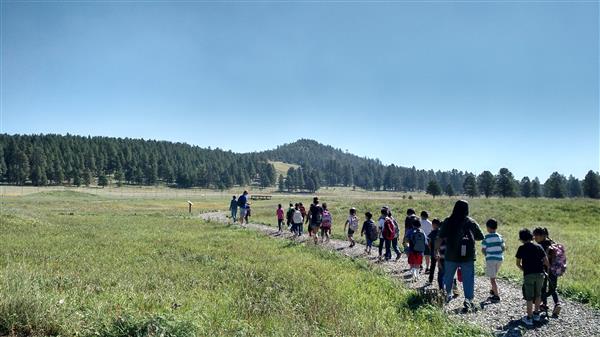
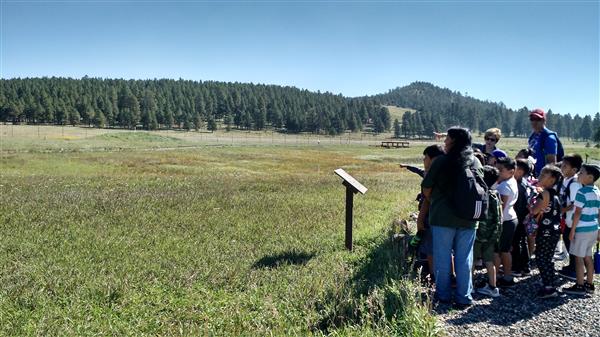
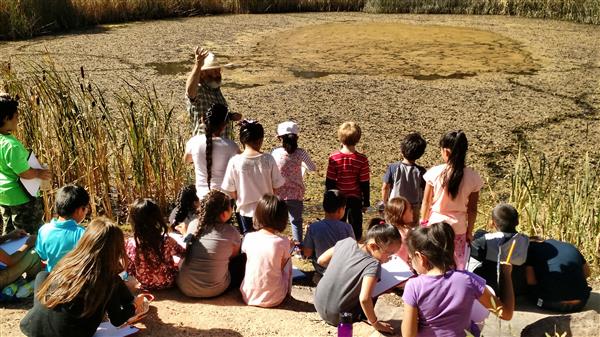
-
Earth Systems
In this comprehensive unit, our Second graders are engaged in understanding various Earth systems that constantly change the world around us structurally and environmentally. We begin this unit by engaging our students with multiple informational texts as well as correlative literary texts to introduce the water cycle and how water bodies are transferred from rivers to oceans. As they continue their selected readings and group activities, our students are able to grasp the concept in which the Earth is constantly changing through erosion, plate tectonics, and through climate change. We also keep our students engaged in various hands-on activities and experiments where they simulate erosion to see how wind and water effects differentiating landmasses. To introduce a real word applications for their knowledge, we engage our students with challenge based activities. In these activities they design systems to prevent erosion on simulated structures as well as building scaled structures to withstand simulated earthquakes. This unit truly integrates all core subjects so our students have the best possible ability to retain and apply their knowledge to the real world.
-
Matter Unit
In this unit our second graders are introduced to the concept of matter and how it materializes the world around us. Our students begin by conducting hands-on investigations with various materials and learn how to describe each material utilizing introduced vocabulary words as well as utilizing their own vocabulary. Students are able to distinguish between solids, liquids, and gases by their unique, differentiating characteristics. Following the hands-on investigation, the students then begin reading pre-selected articles to gain an in depth understanding of defining characteristics of matter. Students first begin their in depth understanding of matter by exploring and reading selected articles on the properties and physical characteristics of various differentiating solids. During week 2, our students explore the properties and physical characteristics of liquids and how they differentiate from solids by lacking a definite shape as well as how they are similar by having a fixed volume. The following week, our second graders explore the most complex state of matter, gases. Gases are complex to understand because most are transparent and can't be seen; however through selected reading articles and experimentation utilizing balloons/trash bags to display that gas has mass and volume, air pumps to display gasses can provide force, as well as understanding olfactory properties allow us to detect gases using perfumes.
-
Plants and Pollination Unit
In this unit our 2nd graders learn the purpose and importance of plant pollination and differentiating plant structures. Students first begin by reading selected articles regarding the different structures of plants and their associated functions. After these selected readings, the students conduct a multiple hands-on experiments to witness and understand germination, plant growth, and capillary action. As a result of this unit students understand which conditions are best for plants to grow and that they require sunlight and water to grow.
-
Aligned Standards:Plants and Pollination UnitELA
- 2-R-12: Identify the main topic of a multiparagraph text as well as the focus of specific paragraphs within text.
- 2-R-19: Compare and contrast the most important points presented by two texts on the same topic.
- 2-LS2-1: Plan and conduct an investigation to determine if plants need sunlight and water to grow.
- 2-LS2-2: Develop a simple model that mimics the function of an animal in dispersing seeds or pollination plants.
Earth SystemsScience- 2-ESS2-2: Develop a model to represent the shapes and kinds of land and bodies of water in an area.
- 2-ESS2-1: Compare multiple solutions designed to slow or prevent wind or water from changing the shape of the land.
- 2-ESS2-3: Obtain information to identify where water is found on Earth and that it can be solid or liquid.
- 2-ESS1-1: Use information from several sources to provide evidence that Earth events can occur quickly or slowly.
- 2-RI-1: Ask and answer questions (who, what, where, when, why, how) to demonstrate understanding of key details in text.
- 2-RI-2: Identify the main topic of a multiparagraph text as well as the focus of specific paragraphs within the text.
- 2-RI-4: Determine the meaning of words and phrases in a text relevant to a grade 2 topic or subject area.
- 2-RI-9: Compare and contrast the most important points presented by two texts on the same topic.
- 2-W-1: Write opinion pieces in which they introduce the topic or book they are writing about, state an opinion, supply reasons that support the opinion, use linking words (because, and, also) to connect opinion and reasons, and provide a concluding statement or section.
Matter UnitScience- 2-PS1-1: Plan and conduct an investigation to describe and classify different kinds of materials by their observable properties.
- 2-PS1-2: Analyze data obtained from testing different materials to determine which materials have the properties that are best suited for an intended purpose.
- 2-PS1-3: Make observations to construct an evidence-based account of how an object made of a small set of pieces can be disassembled and made into a new object.
- 2-PS1-4: Construct an argument with evidence that some changes caused by heating or cooling can be reversed and some cannot
ELA
-
2-RI-5: Know and use various text features (e.g., captions, bold print, subheadings, glossaries, indexes, electronic menus, icons) to locate key facts or information in a text efficiently
-
2-RI-6: Identify the main purpose of a text, including what the author wants to answer, explain, or describe.
-
2-RI-7: Explain how specific images (e.g., a diagram showing how a machine works) contribute to and clarify a text.

